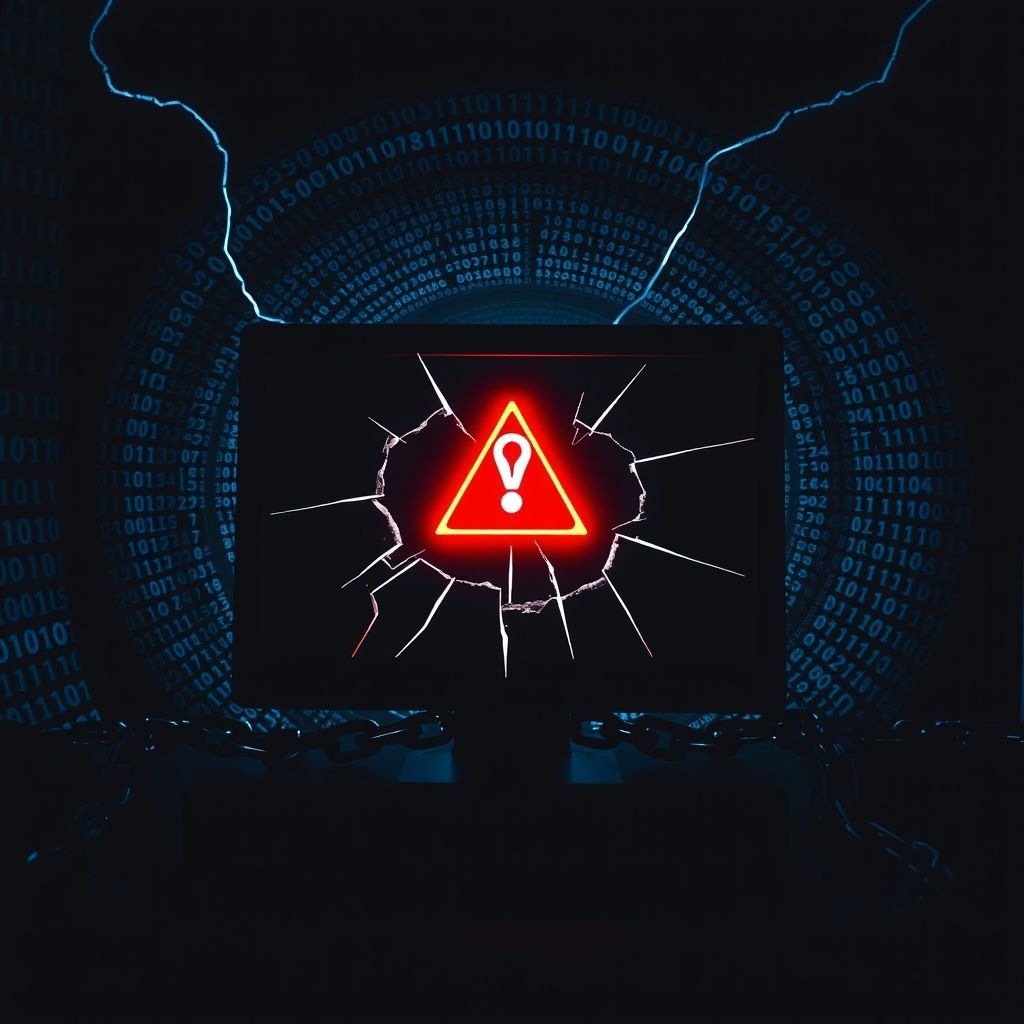
Ransomware Is Now Masquerading as Windows Updates
You’re working on your computer when a familiar pop-up appears: “Windows Update Available – Install Now. ” Thinking you’re doing the right thing, you click it.
But instead of updating your system, you’ve just downloaded ransomware — malware that encrypts your files and holds them for ransom.
This isn’t science fiction — it’s happening now.
A new strain called Big Head ransomware is spreading by pretending to be a legitimate Windows update. And it’s not alone. Cybercriminals are getting smarter, using social engineering tactics to trick even cautious users into installing malicious software.
Let’s break down how this scam works — and what you can do to protect yourself.
How Big Head Ransomware Tricks You
Big Head ransomware uses a clever disguise: a fake Windows update screen that looks nearly identical to the real one. It may even include a forged Microsoft digital signature to appear authentic.
Once you click “Install,” the ransomware begins encrypting your files in the background. Soon after, a message pops up demanding payment (usually in cryptocurrency) in exchange for the decryption key.
What makes this attack dangerous is its plausibility — users expect updates and trust them. That’s exactly what attackers count on.
Why This Matters
Ransomware attacks are rising fast. By 2031, experts predict an attack will occur every 2 seconds . And while large corporations make headlines, small businesses and individuals are often the real targets.
Falling victim can mean:
- Losing access to important files
- Paying costly ransoms (with no guarantee of recovery)
- Spending time and money recovering from backups or rebuilding systems
How to Protect Yourself from Fake Windows Updates
✅ Enable Automatic Updates
Let Windows handle updates automatically through trusted channels. If you see an unexpected update prompt, don’t click — it could be fake.
✅ Verify Any Manual Update Prompt
If you receive a manual update alert, cross-check it:
- Go directly to Settings > Update & Security
- Avoid clicking links or buttons in pop-ups
✅ Back Up Your Data Regularly
Use external drives or secure cloud services to back up critical files. If ransomware strikes, you won’t have to pay to get your data back.
✅ Use Reputable Antivirus Software
Keep your system protected with strong anti-malware tools that detect and block threats before they strike.
✅ Be Cautious with Pop-Ups and Emails
Never download software from suspicious windows or click links in unsolicited emails. Train yourself (and your team) to recognize phishing attempts.
✅ Monitor System Behavior
Watch for unusual activity like:
- Unexpected slowdowns
- Missing or encrypted files
- High CPU usage without reason
These can be early signs of infection.
✅ Have a Response Plan
In case of an attack:
- Disconnect from the network immediately
- Contact an IT expert or cybersecurity provider
- Never pay the ransom unless absolutely necessary — it encourages more attacks
Cybercriminals are always evolving — and now, they’re hiding behind something we all trust: a Windows update.
Don’t let a moment of trust turn into a security nightmare. Stay alert, stay updated, and most importantly — stay protected.





